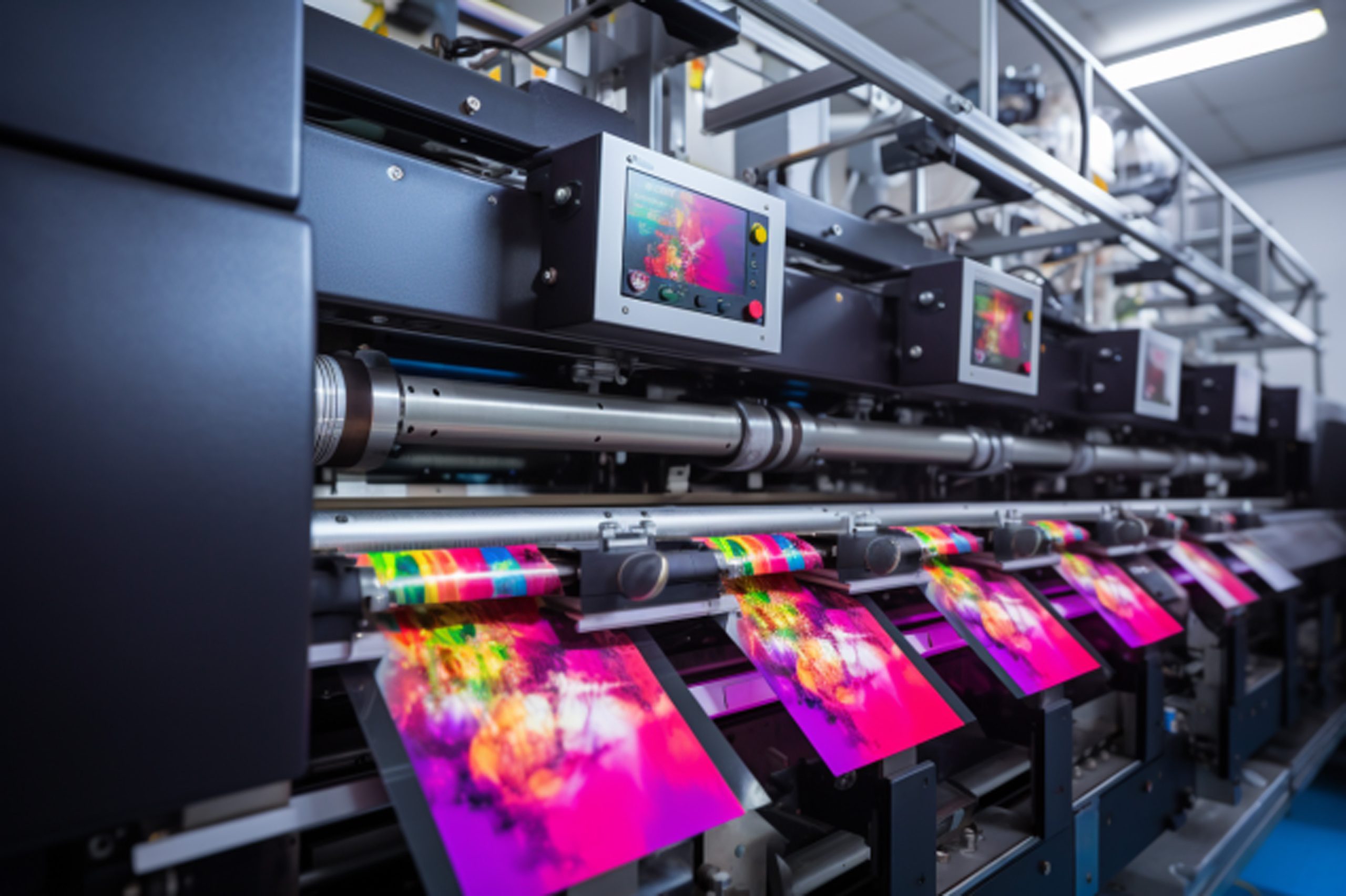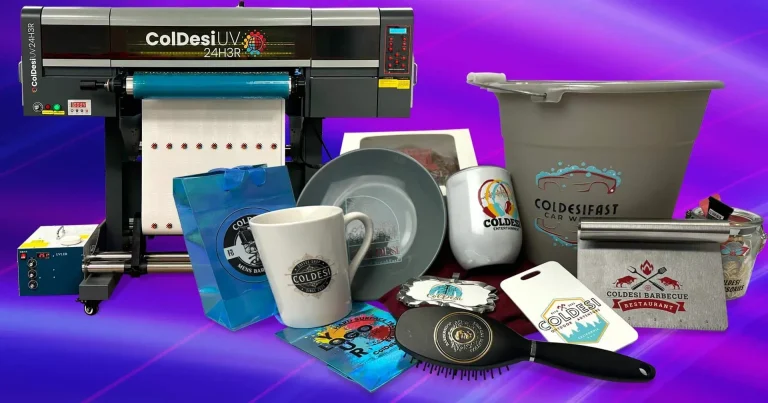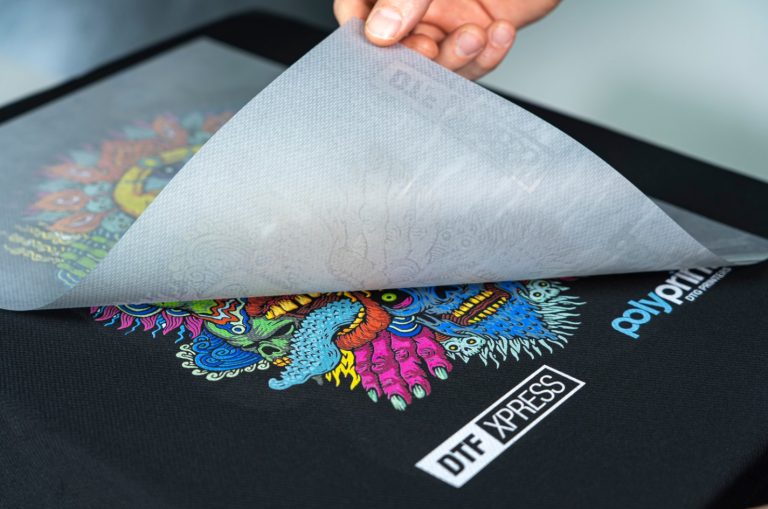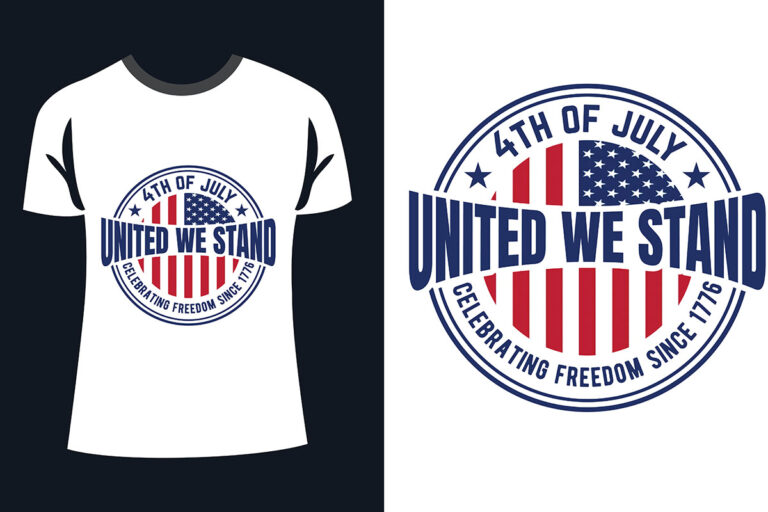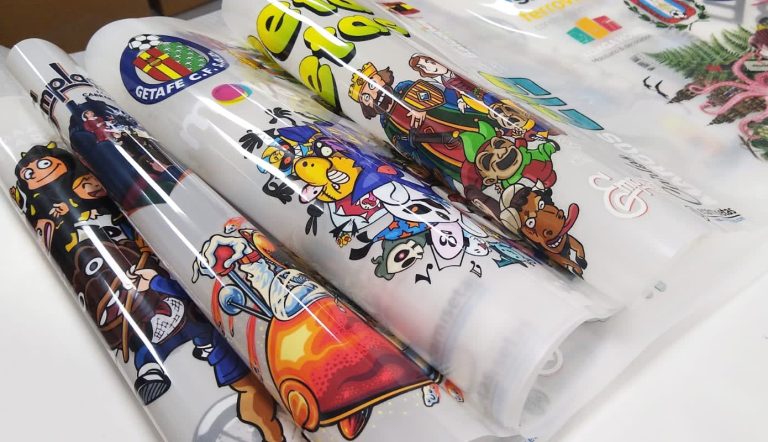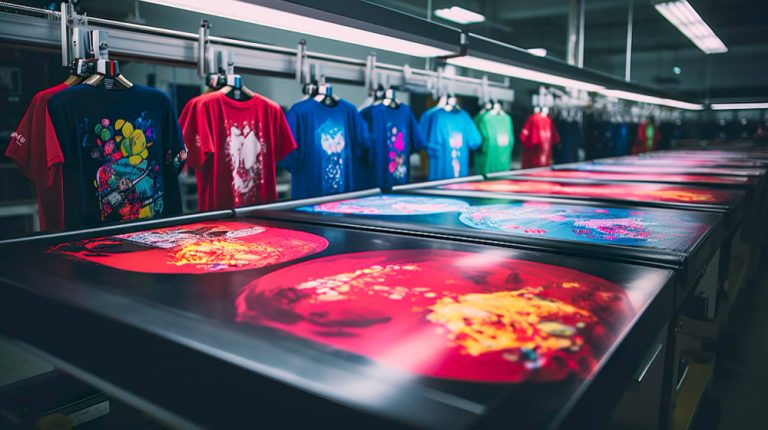In today’s competitive landscape, **UV DTF printing** has emerged as a cutting-edge alternative to traditional printing methods, offering businesses unmatched quality and versatility. Unlike older techniques such as screen printing and digital printing, which have their limitations, UV DTF employs innovative technology that ensures vibrant colors and high-definition images. Its eco-friendly approach not only minimizes waste but also reduces the reliance on harmful chemicals, aligning with the growing consumer demand for sustainable practices. As industries look for superior printing quality and efficiency, understanding the benefits of UV DTF in contrast to conventional printing options becomes essential. This article dives deep into the comparative aspects of UV DTF and traditional printing methodologies, empowering you to make an educated choice for your printing needs.
When examining modern printing techniques, terms such as Direct to Film (DTF) printing and UV printing frequently arise in discussions. These contemporary methods represent a significant leap from older processes like lithography and screen printing. Each printing solution features unique advantages, from enhanced color vibrancy to improved durability. The quest for high-quality prints continues, and embracing technology-driven solutions is driving innovations in the printing industry. Consumers and businesses alike are becoming more discerning, seeking not just quality but also eco-friendly printing alternatives that minimize environmental impact.
Understanding UV DTF Printing
UV Direct to Film (DTF) printing represents a significant advancement in the world of printing technology. By utilizing ultraviolet light to cure the ink, this method allows for precise detail and enhanced color vibrancy. The ability to print on a variety of surfaces, ranging from textiles to hard materials, makes UV DTF an incredibly versatile option for businesses looking to diversify their offerings. Unlike traditional printing methods that may require extensive setup and equipment for each color, UV DTF simplifies the process while maintaining high-quality results.
Moreover, UV DTF printing has gained popularity for its efficiency in production. This process eliminates the need for intermediaries, such as screens or heat transfers commonly associated with traditional methods like screen printing. As such, businesses can achieve quicker turnaround times and adapt more flexibly to changes in customer demands, making it an ideal choice for short-run projects or custom designs.
Comparing UV DTF Printing and Traditional Printing Quality
When it comes to quality, both UV DTF and traditional printing have their merits, but UV DTF printing frequently stands out. This method yields high-resolution prints that preserve color saturation over time. Unlike screen printing, which can lead to fading, UV DTF prints are durable, maintaining their integrity even when subjected to harsh environmental conditions. This ensures that the final product not only meets but often exceeds customer expectations in terms of appearance and longevity.
On the other hand, traditional printing methods, such as screen printing, have been around for decades and still deliver good quality, particularly for textiles. However, these methods can face challenges in maintaining color accuracy over time due to exposure to UV light and washing. While traditional inks have undergone improvements to enhance their durability, they still cannot match the resilience offered by UV DTF printing, making it the preferable option for businesses emphasizing quality.
Cost Analysis: UV DTF Printing vs. Traditional Methods
In evaluating cost-effectiveness, it’s essential to consider both initial investment and long-term savings. UV DTF printing typically requires a higher upfront cost due to the advanced machinery and technology involved. However, this expense can quickly be offset by the savings realized during production for intricate designs or small print runs where traditional methods could become cost-prohibitive due to setup costs.
Conversely, traditional printing methods might seem more budget-friendly for large volume orders, as the per-unit cost decreases significantly with bigger batches. Yet, for smaller projects, the setup time and material waste often lead to inflated costs that can diminish overall profitability. Therefore, businesses should carefully assess their specific needs and production volumes when deciding which method aligns better with their budget.
The Environmental Footprint of Printing Techniques
With an increasing emphasis on sustainability, the environmental impact of printing methods is more crucial than ever. Traditional printing processes often utilize inks that contain harmful substances, such as PVC, which can pose serious environmental concerns. Although there have been strides towards adopting eco-friendly inks, the industry is still facing a significant challenge in fully eliminating these toxins from the process.
In contrast, UV DTF printing presents a more sustainable solution. By minimizing waste during production and reducing the need for harmful chemicals, this method aligns better with the growing demand for eco-friendly printing practices. Businesses pursuing this greener approach can appeal to a market that values environmental stewardship, thus supporting both brand image and customer loyalty.
Recent Advances in UV DTF Technology
Recent technological developments in UV DTF printing have made it an increasingly attractive option for businesses looking to modernize their printing capabilities. Innovations and improvements in ink formulations, curing mechanisms, and printer designs have led to enhanced performance metrics, making UV DTF more competitive against traditional methods. Companies are continuously investing in this technology to harness efficiency gains, leading to production cycles that are not only faster but also more reliable.
Industry reports indicate a marked increase in UV DTF technology adoption among small to mid-sized businesses. This shift signifies a broader recognition of the method’s efficacy in meeting diverse needs, ranging from promotional materials to customized products. As user-friendly advancements continue to emerge, it is likely that UV DTF will define the future landscape of printing, overshadowing traditional approaches that may not cater to modern demands.
Flexibility and Speed in UV DTF Printing
One of the selling points of UV DTF printing is its remarkable flexibility and speed, responding to the fast-paced demands of today’s market. Unlike traditional printing methods that require labor-intensive setup for each project, UV DTF allows for rapid changes in design, enabling businesses to meet tight deadlines without sacrificing quality. This flexibility is particularly advantageous for companies that rely on on-demand printing services, where quick adaptability is key to maintaining competitive advantage.
Furthermore, UV DTF’s quick turnaround time means businesses can reduce their inventory costs by producing items as needed rather than relying on bulk orders. This capability translates into a streamlined workflow, allowing for more efficient resource allocation and increased customer satisfaction derived from timely deliveries. The overall agility offered by UV DTF printing positions it as a formidable contender against more traditional, cumbersome approaches.
Frequently Asked Questions
What is UV DTF printing and how does it differ from traditional printing?
UV DTF printing, or ultraviolet direct to film printing, uses UV light to cure ink on film, allowing for vibrant and detailed outputs. Unlike traditional printing methods, which often require lengthy setups like screen printing, UV DTF offers quicker turnaround and greater versatility in materials.
What are the quality advantages of UV DTF printing compared to traditional printing methods?
UV DTF printing excels in printing quality with high-resolution outputs that resist fading, making it ideal for vibrant graphics. In contrast, traditional printing methods may experience color fading over time, especially in harsh environments.
Is UV DTF printing an eco-friendly alternative to traditional printing techniques?
Yes, UV DTF printing is often considered more eco-friendly than traditional printing methods, as it reduces waste and utilizes fewer harmful chemicals. While some eco-friendly inks have emerged in traditional printing, UV DTF generally offers a greener approach to printing.
How does cost-effectiveness of UV DTF printing compare to traditional printing?
Although the initial investment for UV DTF printing equipment might be higher, it becomes cost-effective for short runs or intricate designs. Traditional printing can be cheaper for large quantities but may incur higher costs for smaller batches due to extensive setup requirements.
Can UV DTF printing accommodate a variety of substrates better than traditional printing methods?
Absolutely! UV DTF printing is compatible with a wider range of substrates, including textiles and hard surfaces, granting more flexibility than traditional printing methods like screen printing, which are limited to specific materials.
What impact does UV DTF printing have on production speed compared to traditional printing?
UV DTF printing provides faster production speeds due to its capability for on-demand printing and quicker setups. Traditional printing methods often involve lengthy preparation processes, making them slower for quick orders and design changes.
| Key Aspect | UV DTF Printing | Traditional Printing |
|---|---|---|
| Technology and Process | Utilizes UV light to cure ink, allowing high detail and vibrant colors; compatible with various substrates. | Includes methods like screen printing; involves extensive setup and limited substrate compatibility. |
| Quality and Durability | Offers high-resolution output with vibrant colors and durability against fading. | Good quality for fabrics but may fade over time in harsher environments. |
| Cost-Effectiveness | Higher upfront costs but cost-effective for short runs and intricate designs. | More economical for larger quantities but can be costly for small batches due to setup fees. |
| Speed and Flexibility | Rapid turnaround with on-demand printing and adaptability. | Slower with lengthy setup times, less adaptable to quick changes. |
| Environmental Impact | Reduced waste and use of fewer harmful chemicals, seen as more eco-friendly. | Often utilizes inks with harmful chemicals, though eco-friendly options are emerging. |
Summary
UV DTF Printing offers a modern solution for businesses looking for high-quality, adaptable, and eco-friendly printing options. As the printing industry continues to evolve, UV DTF printing stands out for its precision, durability, and fast turnaround times, making it a superior choice compared to traditional printing methods. By understanding the key differences between UV DTF printing and traditional techniques, companies can make informed decisions that align with their operational needs and environmental values.

